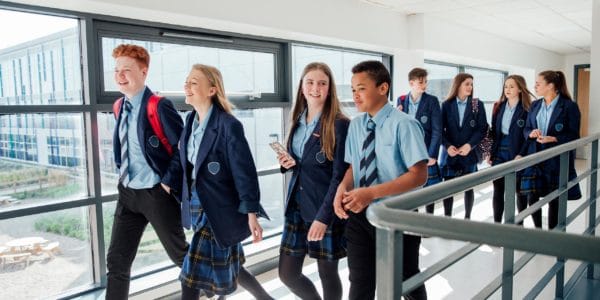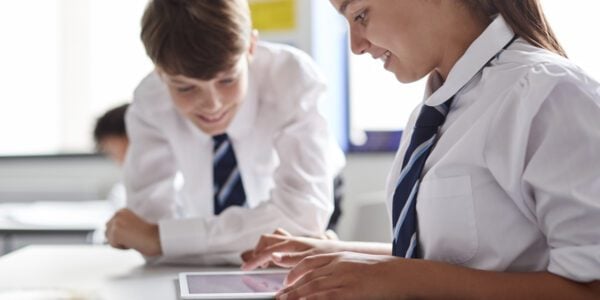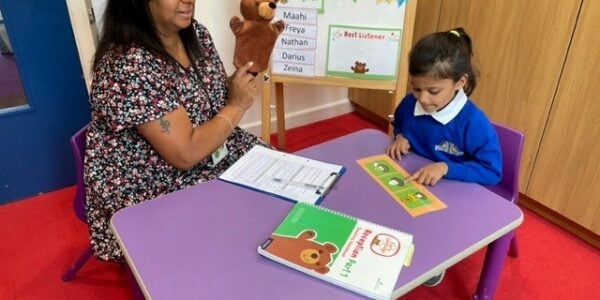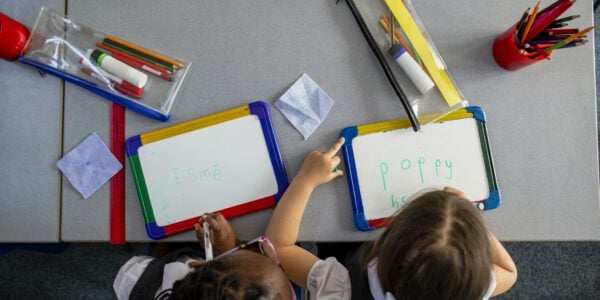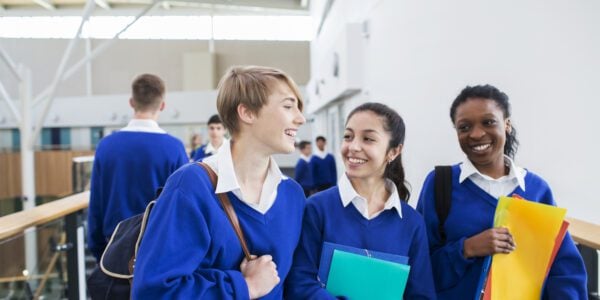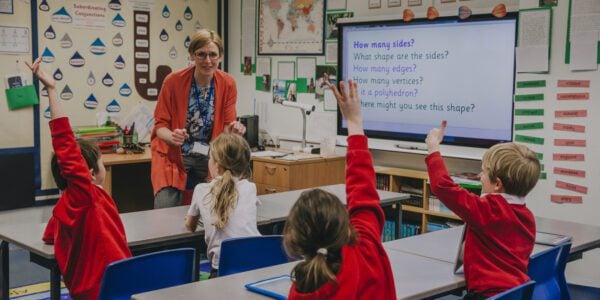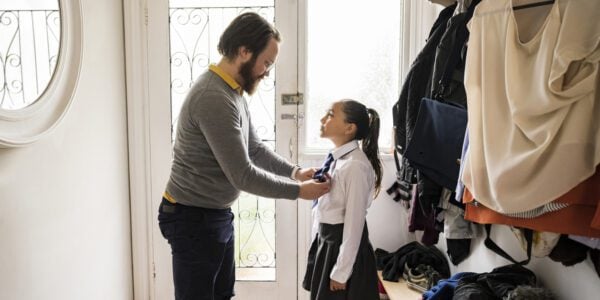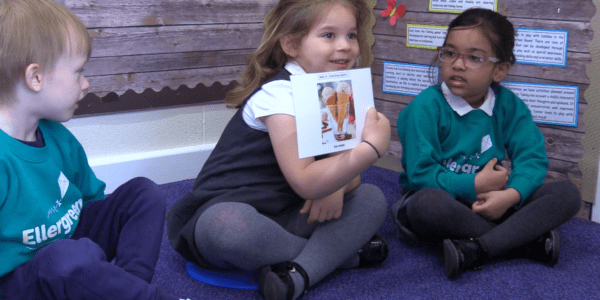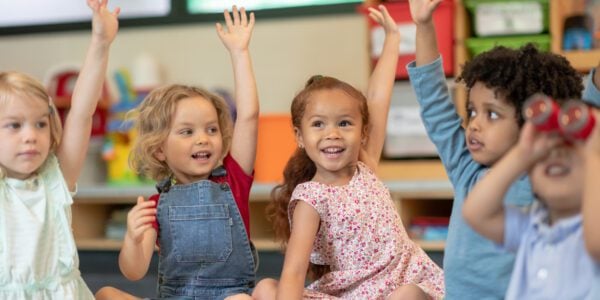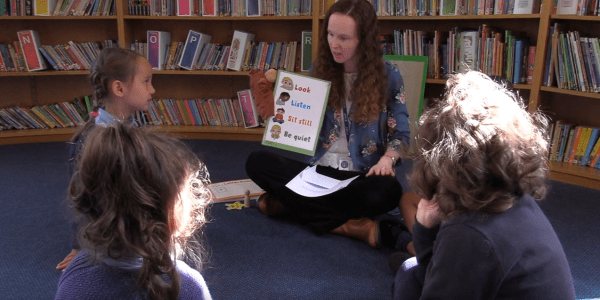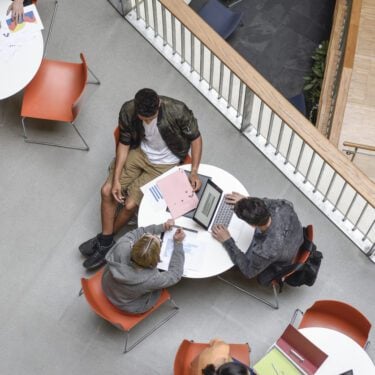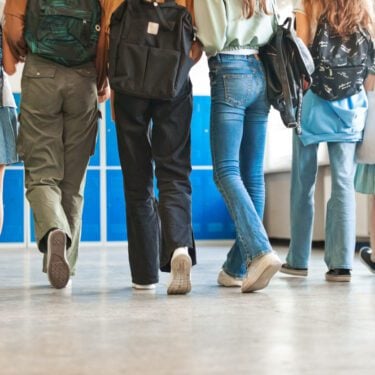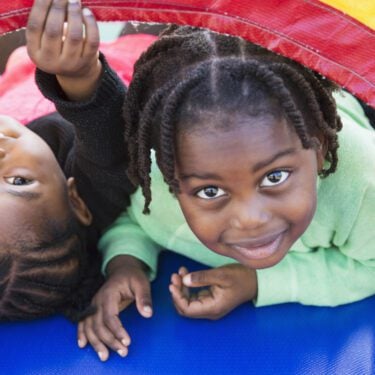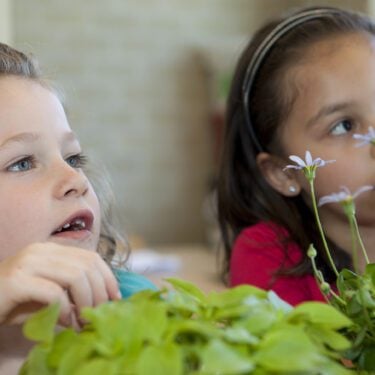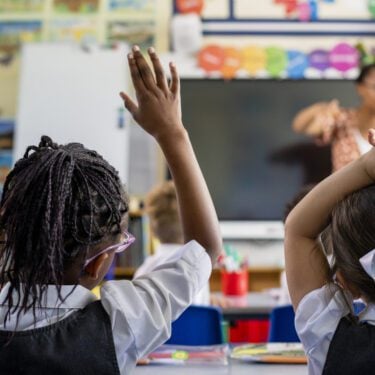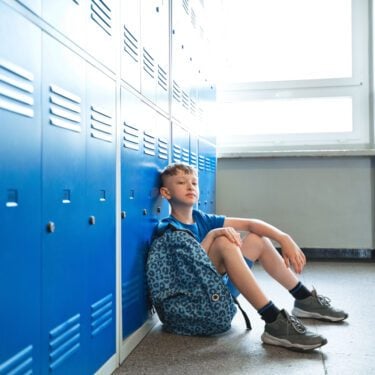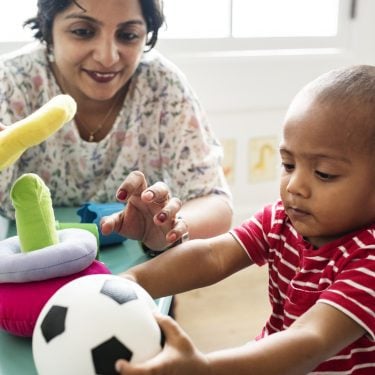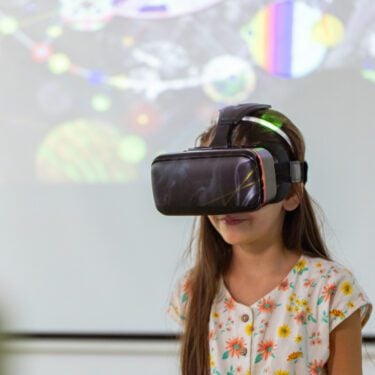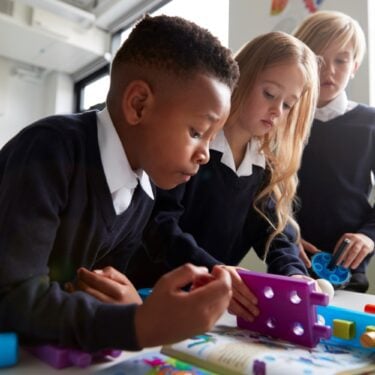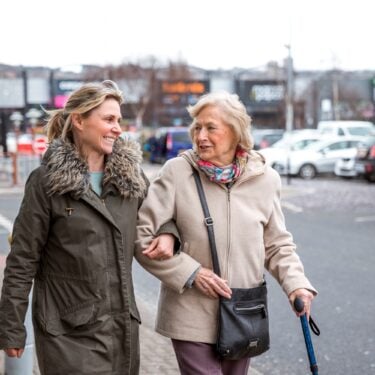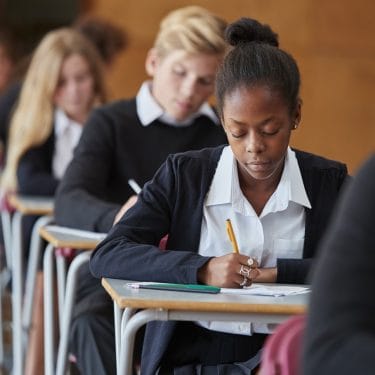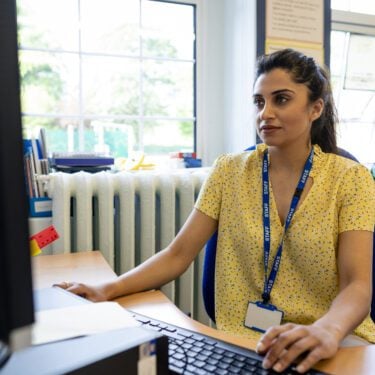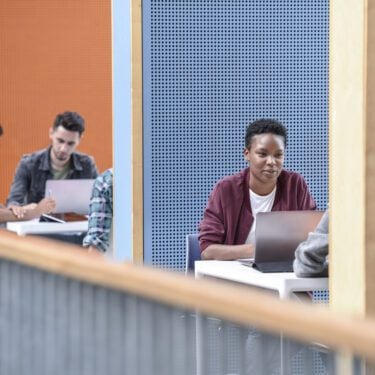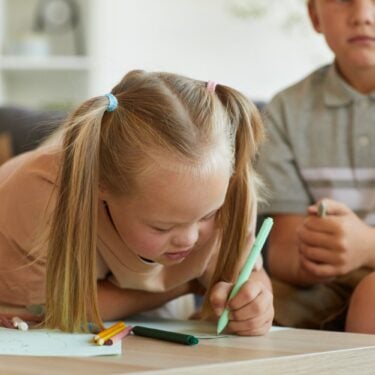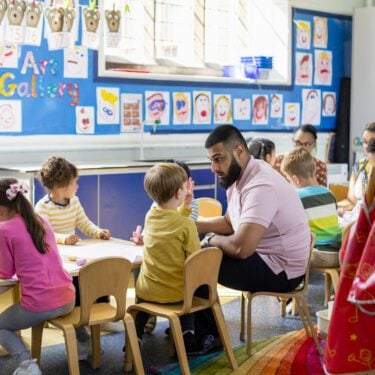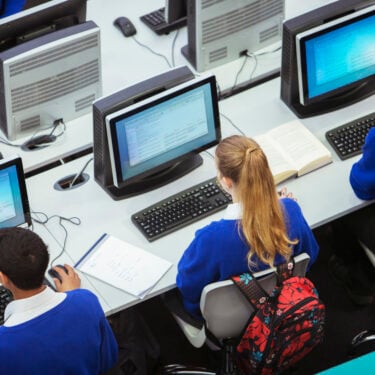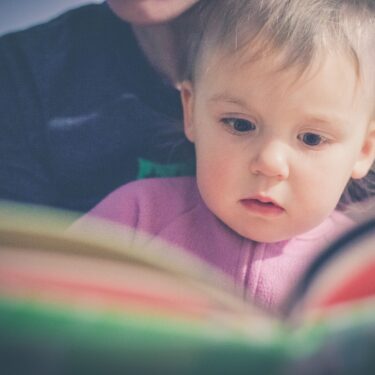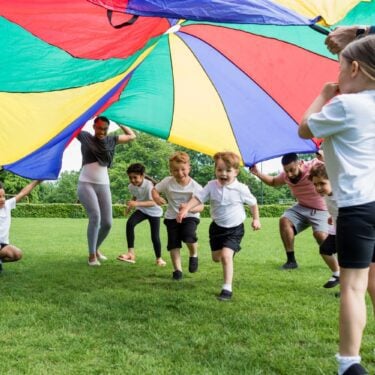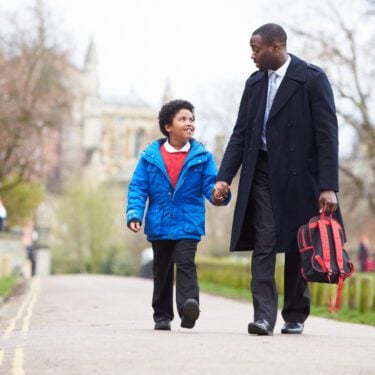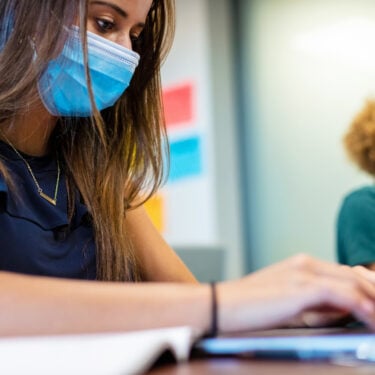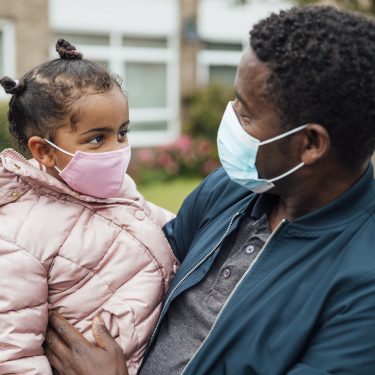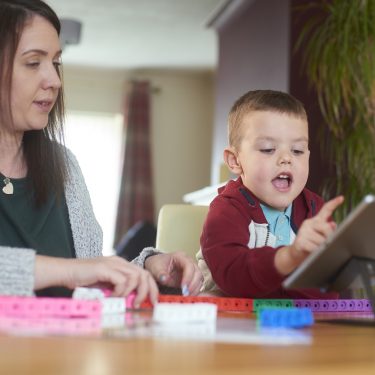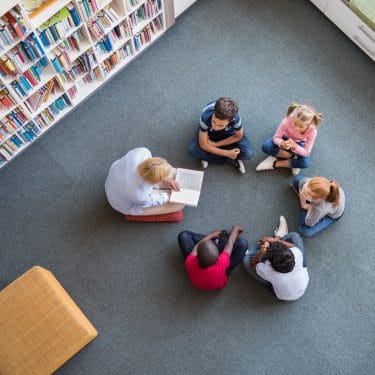
18/09/19
5 min read
The extra £4.3 billion just committed for schools in England by 2022 will just about reverse the cuts of 8% in spending per pupil since 2009. Even so, an effective 13-year real-terms freeze will still represent an unprecedented period without growth.
Meanwhile the 4% (£300 million) increase in spending per student on further education and sixth forms announced for next year will still leave them over £1 billion short of what they would need to fully reverse cuts since 2010.
These are among the main findings of the IFS’s second annual report on education spending in England, funded by the Nuffield Foundation.
Looking at other parts of the education system, we also find:
- Early years spending has risen over time, but is increasingly skewed towards childcare for working parents, rather than support for low-income families. Spending on the latter has fallen from 45% to 27% of wider government spending on the early years.
- Universities receive 5% less per full-time undergraduate student than they did in 2012, but 50% more than was the case in the mid 1990s.
- Spending by local authorities on services for children and young people is increasingly focused on mandatory elements and responses to crises. Spending on children looked after by the state is up nearly 20% since 2010 and spending on children’s social care is up 9%. However, spending on preventative services has been cut significantly. Spending on Sure Start is down 62% and spending on services for young people is down 65%.
All figures quoted are in today’s prices and all changes quoted are in real terms. The chart below shows the researchers’ main estimates of spending per student across different stages of education. The main findings for each stage of education are as follows:
Expansions in early years spending increasingly focused on childcare
- Since 2009–10, spending on free early education and childcare places has increased by 140% to stand at £3.8 billion last year.The rise was mostly driven by increases in the number of weeks and hours covered, e.g. the 30-hour entitlement for working parents.
- Spending per hour for 3- and 4-year-olds has risen by 30% since 2009–10, but was cut by 2% in real terms last year.The 2019 Spending Round announcement of £65 million for free childcare in 2020–21 will ensure this is not repeated in 2020.
- Government support for childcare through the tax and benefit system stood at £1.8 billion in 2017–18, unchanged from its level a decade earlier. This masks a big shift: while the cost of tax relief for childcare vouchers and tax-free childcare is up by 170%, spending on the childcare element of working-age benefits has fallen by almost 40%.
- There has been a strong shift away from support for low-income families and towards programmes for working families. In 2007–08, 45% of total government spending on the early years and childcare support was targeted explicitly at low-income families. Ten years later – despite a new funded childcare offer for disadvantaged children – the share of spending on low-income families had slipped to 27%.
Extra funding announced in the spending round effectively reverses past cuts to school spending per pupil
- Total per-pupil spending on schools in England has fallen by about 8% in real terms since 2009–10. This is largely driven by a 57% cut in spending per pupil on services provided by local authorities and a cut of more than 20% in sixth-form funding per pupil.
- Funding per pupil in primary and secondary schools fell by 5% in real terms between 2015–16 and 2019–20.This leaves funding levels at around £5,000 per primary school pupil and £6,200 per secondary school pupil in 2019–20. Given rates of growth during the 2000s, school spending per pupil is about 40% higher in real terms in 2019–20 than in 2000–01.
- The 2019 Spending Round allocated an extra £4.3 billion per year for schools in England by 2022–23.This represents a 7.4% increase in spending per pupil and comes very close to reversing cuts of 8% since 2009–10.
- The government proposes teacher starting salaries of £30,000 for 2022, an increase of about £6,000 or 23% on current levels.Few details are available on how this will be delivered, but such details will be very important in determining likely pressures on school budgets.
- There have been cuts in per-pupil spending across all countries of the UK.Since 2009–10, cuts have been largest in England (8%) and Northern Ireland (11%, since 2011–12 only), with smaller cuts in Scotland (2%) and Wales (6%). Spending per pupil in 2018–19 was highest in Scotland (£6,600), followed by England (£6,000), Wales (£5,800) and Northern Ireland (£5,500).
Despite the increase announced for 2020, further education funding remains severely squeezed
- Funding per student aged 16–18 has seen the biggest squeeze of all stages of education in recent years. School sixth forms have faced budget cuts of 23% per student since their peak in 2010–11, while further education and sixth-form college funding per student has fallen by about 12% over the same period.
- The 2019 Spending Round allocated a further £300 million for 2020–21.This represents a 4% real-terms increase in spending per student, but will still leave spending per student in further education over 7% down on 2010.
- Student numbers are growing, so an additional £300 million on top of current plans would be required by 2022–23 just to avoid further cuts in per-student funding.
- Fully reversing cuts since 2010–11 would cost £1.1 billion on top of current plans by 2022–23.This increases to about £1.4 billion to ensure that spending on T levels is additional to an unchanged level of spending per student.
- Total spending on classroom-based adult education has fallen by nearly two-thirds since 2003–04.This combines a cut of 32% up to 2009–10 and 47% between 2009–10 and 2018–19. These cuts have mainly been driven by falls in learner numbers, which have fallen from 4.4 million in 2004–05 to 1.5 million in 2017–18.
- Adult education is increasingly focused on apprenticeships. Of the £5.3 billion spent on adult education and apprenticeships in 2003–04, about 21% was spent on apprenticeships or work-based learning. By 2018–19, this fraction had risen to 54%.
Prospect of yet another radical shake-up of higher education finance
- Universities currently receive £27,500 per full-time undergraduate student to cover the cost of teaching for the full course of their studies (usually three years).This has fallen by 5% since 2012, but is about 50% higher than at its low point during the mid 1990s.
- The overall cost of the current system is about £17 billion per cohort entering higher education. More than half of the cost is expected to be paid for through graduate contributions (£9.0 billion), particularly from higher-earning graduates. The long-run cost to government is expected to be about £8.0 billion, about £7.4 billion through unrepaid student loans and £700 million in up-front grants.
- The Augar Review proposed cutting fees to £7,500, reintroducing maintenance grants and changing the terms of repayment. This would give policymakers greater control of spending on different subjects, reduce repayments amongst higher earners and increase repayments amongst mainly middle earners.
- Labour’s policy to abolish tuition fees and reintroduce grants would come at a cost to the public finances of just over £6 billion per cohort of full-time students over the long run.This would give the government greater control over how much is allocated to individual subjects and would be of most benefit to high-earning graduates. It could cost at least another £1 billion if it is applied to part-time students as well.
Spending per student per year at different stages of education
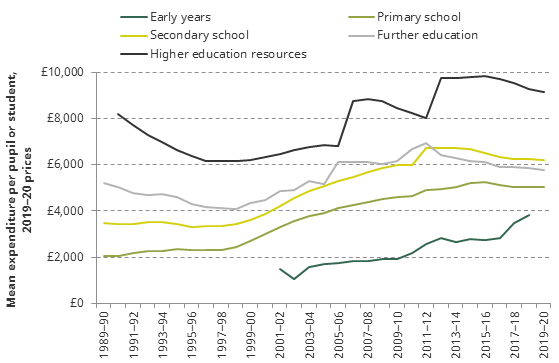
Luke Sibieta, co-author of the report and Research Fellow at the IFS, said:
“The 2019 Spending Round provided genuinely substantial increases in school funding, enough to more or less offset all cuts since 2009. Of course, that still means no real growth in spending per pupil over a 13-year period.
“The extra £300 million for further education and sixth forms provides for a small rise in 2020, but at least a further £1.1 billion would be required to fully reverse cuts since 2010.
“The higher education sector faces yet more uncertainty given the potential for another radical shake-up proposed by the Augar Review or even the abolition of tuition fees proposed by Labour.”
Christine Farquharson, co-author of the report and Research Economist at the IFS, said:
“The Spending Round’s announcement of £65 million for the early years will certainly be welcome in the sector, but won’t affect the big changes that have taken place in how the government supports childcare in England. Big rises in the early years budget in recent years seem to have been focused more on supporting families with childcare costs rather than providing early education. With at least eight different childcare support programmes in operation today, the government needs to be clearer about its goals for the early years.”
Tim Gardam, Chief Executive of the Nuffield Foundation, said:
“The latest analysis from the IFS demonstrates the importance of looking at the education system as a whole in order to ensure all young people get the maximum benefit from their education. While we welcome the additional investment in schools, the failure to fully reverse the cuts to further education remains a concern for the half of 18-year-olds who do not go to university and who are, on average, already less advantaged than those who do. The Nuffield Foundation is committed to funding more research and analysis of the available education options outside of higher education, and the funding models that might best support positive outcomes for all young people in their transition to adulthood.”

